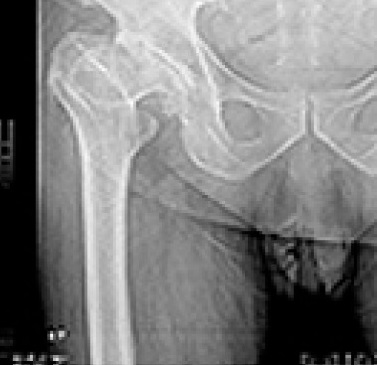Hip Solutions
Hip solutions refer to treatments and interventions for hip joint problems, including medications, physical therapy, surgical options like hip replacement, and lifestyle modifications to alleviate pain and improve function.

Hip solutions refer to treatments and interventions for hip joint problems, including medications, physical therapy, surgical options like hip replacement, and lifestyle modifications to alleviate pain and improve function.

Lorem ipsum dolor sit amet consectetur. Libero adipiscing ipsum purus consectetur. Ipsum at pellentesque urna enim iaculis. Mauris ullamcorper nisi praesent risus. In pharetra lacus tristique magna placerat nec interdum lobortis. A nec accumsan non praesent in risus dui euismod. Feugiat ullamcorper blandit velit tellus in amet a auctor et. Faucibus bibendum et feugiat nec.


Lorem ipsum dolor sit amet consectetur. Sed nulla nulla ligula tincidunt ac euismod mauris ultrices facilisis egestas duis.
Read More
Lorem ipsum dolor sit amet consectetur. Sed nulla nulla ligula tincidunt ac euismod mauris ultrices facilisis egestas duis.
Read More
Lorem ipsum dolor sit amet consectetur. Sed nulla nulla ligula tincidunt ac euismod mauris ultrices facilisis egestas duis.
Read More
Hip fracture fixation is a surgical procedure designed to treat and stabilize a broken hip, which typically affects the femoral neck
Read More
Footboller
Lorem ipsum dolor sit amet consectetur. Sagittis turpis eu convallis donec integer aliquet pretium. Consequat venenatis facilisi vivamus senectus ipsum ac consequat. Integer morbi felis est enim. Pretium egestas adipiscing scelerisque euismod amet. Eu sit sit habitant ut volutpat vulputate. Et non odio massa lectus gravida varius lacus. Eget aliquam erat dolor at nunc in.
Lorem ipsum dolor sit amet consectetur. Sagittis turpis eu convallis donec integer aliquet pretium.


Lorem ipsum dolor sit amet consectetur. Sagittis turpis eu convallis donec integer aliquet pretium.
There is no strict age restriction for hip replacement surgery. Candidates range from young adults with severe hip conditions to elderly patients with debilitating arthritis. The decision to undergo surgery depends on factors such as the patient's overall health, activity level, and the extent of hip joint damage. Younger patients may require revision surgeries later in life, while older patients benefit from improved mobility and pain relief. Ultimately, the orthopedic surgeon will evaluate each patient individually to determine if hip replacement is appropriate, considering both the potential benefits and risks.
Most patients begin walking with the aid of a walker or crutches within a day or two after hip replacement surgery. Early mobilization is encouraged to promote healing, prevent complications, and restore function. Physical therapists will guide you through the initial stages of walking, ensuring you use the correct techniques to protect your new hip joint. Gradually, you will transition to using a cane and eventually walking independently, usually within a few weeks. Full recovery and the ability to walk comfortably without assistance typically occur within three to six months.
Yes, physical therapy is essential after hip replacement surgery to ensure a successful recovery. A structured physical therapy program helps restore mobility, strength, and function to the hip joint. Initially, therapists will focus on gentle exercises to improve range of motion and reduce swelling. As you progress, strengthening exercises and activities to enhance balance and coordination will be introduced. Adhering to your physical therapy regimen is crucial for achieving optimal outcomes, preventing complications, and returning to daily activities and hobbies with improved hip function.
The typical hospital stay after hip replacement surgery ranges from one to three days, depending on your overall health and recovery progress. Advances in surgical techniques and postoperative care have significantly reduced hospital stays. During your stay, medical staff will monitor your recovery, manage pain, and begin physical therapy. Some patients may be eligible for outpatient hip replacement, allowing them to return home on the same day as the surgery. Your surgeon will determine the appropriate length of your hospital stay based on your individual needs and recovery status.